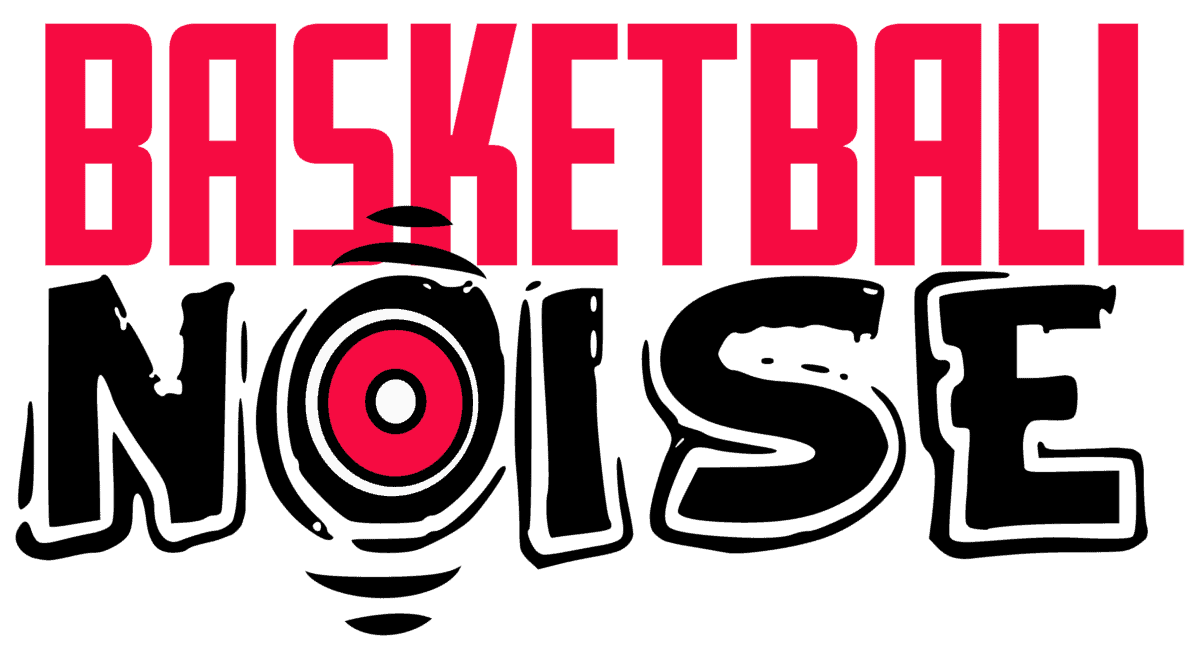The NBA is one of the most entertaining leagues out there, thanks to the exciting 82-game regular season. But playing so many games must really get to the players, yet many still perform day in and day out; how do they manage themselves to consistently play at such a high level?
How do NBA teams play 82 games? In the NBA regular season, NBA teams play 82 games: 41 games at their stadium (home games) and 41 games at their opponent’s stadium (away games). Due to traveling and the intensity of the game itself, the season results in periodic injuries to various players on the roster. Coaches often rotate players and manage minutes, and in certain cases, use a technique known as load management to ensure the health and fitness of players. In case of limited roster spots, teams often sign players from their G-League affiliate or other free agents on 10-day contracts.

What is the NBA regular-season schedule breakdown?
NBA scheduling is not a very straightforward process, because the officials responsible for scheduling need to account for travel to and from games, the time between games, and other factors. As such, every team has a different schedule, in terms of when and where their games are played (this has led to the creation of metrics such as “strength of schedule”). Some things, however, remain valid for all teams.
Every team will play 82 games in the regular season, barring cancellation. 41 of these games are home games (played at the team’s own stadium), while 41 games are away games (played at the opponent’s stadium). There are three types of games in the NBA: division games, conference games, and interconference games. Each team plays the other 4 teams in its division 4 times each, 2 home and 2 away (total 16 division games). Each team also plays games with teams from the other conference twice each, 1 home and 1 away (total 30 interconference games).
The remaining games are games played within their own conference but outside of their division. A team plays six of their non-division conference teams 4 times in a season (2 home, 2 away), and plays the remaining four of their non-division conference teams 3 times in a season (either 2 home and 1 away or 1 home and 2 away, randomly assigned). The league uses a 5-year rotation to determine which conference teams are played either 3 times or 4 times each season.
What happens after the NBA regular season?
Once the regular season wraps up, the NBA moves into the postseason, also known as the NBA Playoffs. The Playoffs consist of 16 teams: 12 teams who automatically clinch their place in the playoffs (the top-6 seeds from each conference), and 4 teams who clinch their place via the play-in tournament (the 7th-10th seeds from each conference participate in the play-in). The remaining 14 teams (the bottom 10 teams plus the losers of the play-in tournament) are designated as lottery teams for the NBA Draft, meaning that they will be the recipients of the first 14 picks of the NBA Draft.
The NBA Playoffs consist of 4 rounds of best-of-7 series (the team that wins 4 games advances to the next round). In the first three rounds, teams play against other teams from the same conference. The winners of the Eastern Conference Finals (the third round) play the winners of the Western Conference Finals in the NBA Finals, the fourth and final round. The winners of the NBA Finals are considered champions of the NBA.
The period between the end of the postseason and the beginning of the next regular season is called the offseason. In this period, no games are played, and things like the NBA Draft and free agency occur. There is a short period of games before the regular season called the preseason, but it has no impact on the regular season.
What is load management?
Load management is an increasingly common practice for coaches to restrict the number of games and/or minutes a player plays to reduce the risk of injury and provide rest to players to ensure their readiness for important games (usually the playoffs). While load management seems to be an acceptable practice at a certain threshold, it has come to be interpreted as a negative term by many.
The main reason is that resting star players when they are healthy is bad for the optics of the league. Fans who buy (expensive) tickets to watch the big names only to see them on the bench despite being healthy rightly feel as if they have been somewhat cheated out of their money. To make the situation worse, load management may result in losses for the team, which may knock them out of playoff contention for a precautionary measure (imagine resting your stars for the playoffs but not ending up in the playoffs precisely because you rested your stars).
Similarly, fans may choose to not tune in for the game if they know stars are being load managed. It damages the reputation of the NBA, and so they fine teams for managing players who are otherwise healthy. Load management is still practiced by teams, by essentially resting players as injured (for the various knocks players get in a season that are somewhat minor and can be played through).
Because of load management, the frequency of stars playing less than the full regular season is on the rise. Kawhi Leonard, oft-injured, is known as the “poster boy” of load management. But its worked for teams; Leonard played only 60 regular season games in the 2018-19 season as he was load managed through the whole season, and it resulted in a championship for Leonard and the Toronto Raptors.
The 82-game NBA regular season is an action-packed time of the year, with games happening most nights. Because of that tight schedule, players’ bodies just break down at some point throughout the schedule. Its a coaching staff’s job to ensure that the players are in good shape to provide optimal performance, even if it means going against the controversial load management method.
